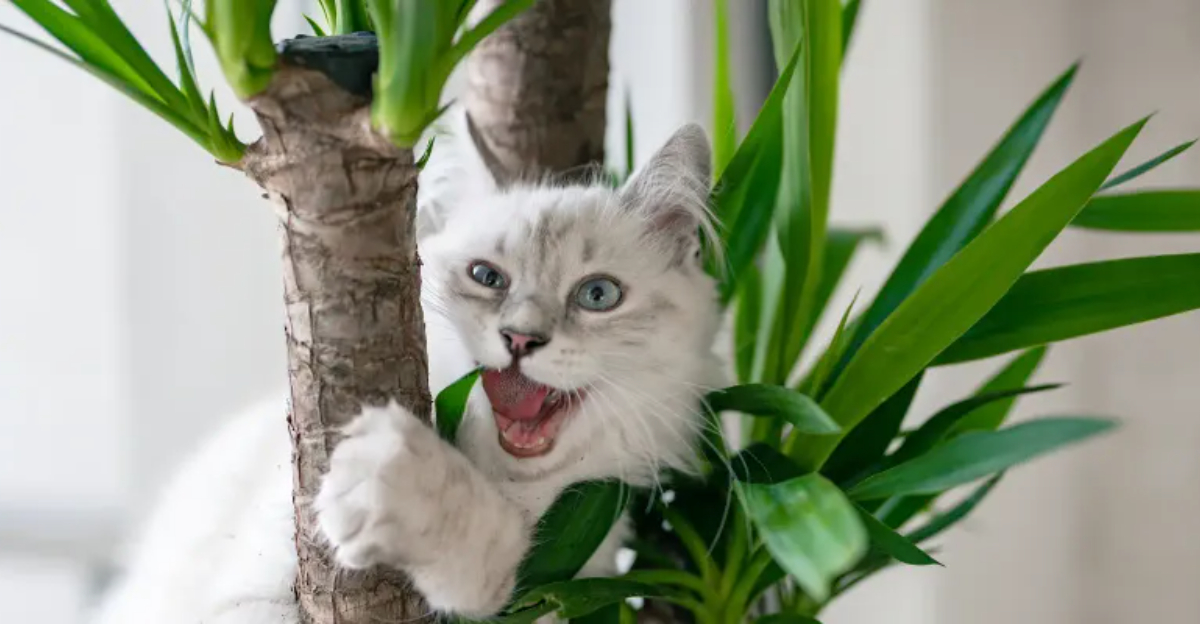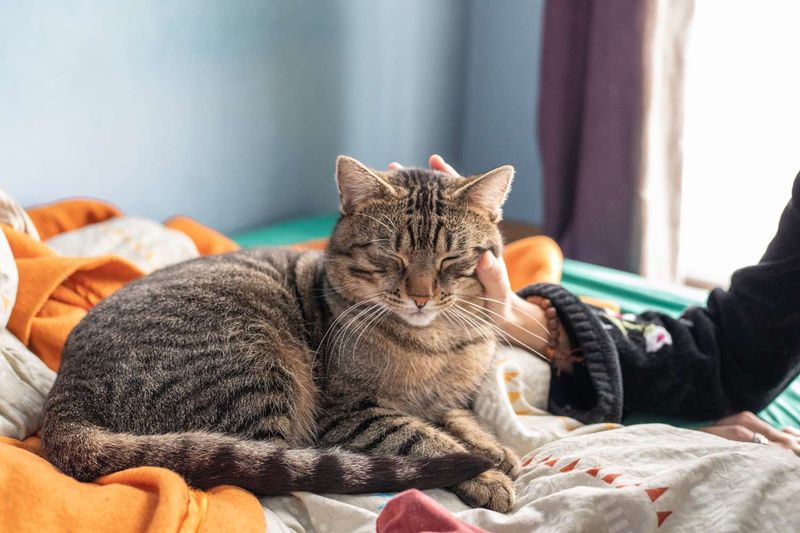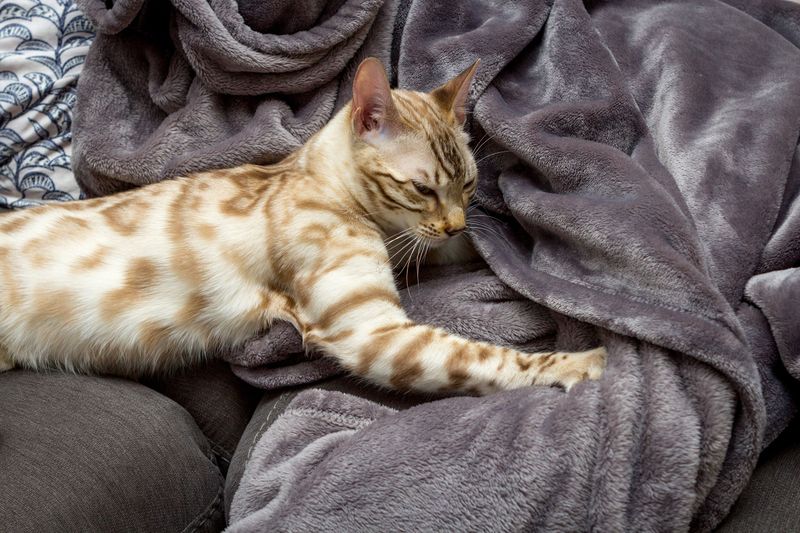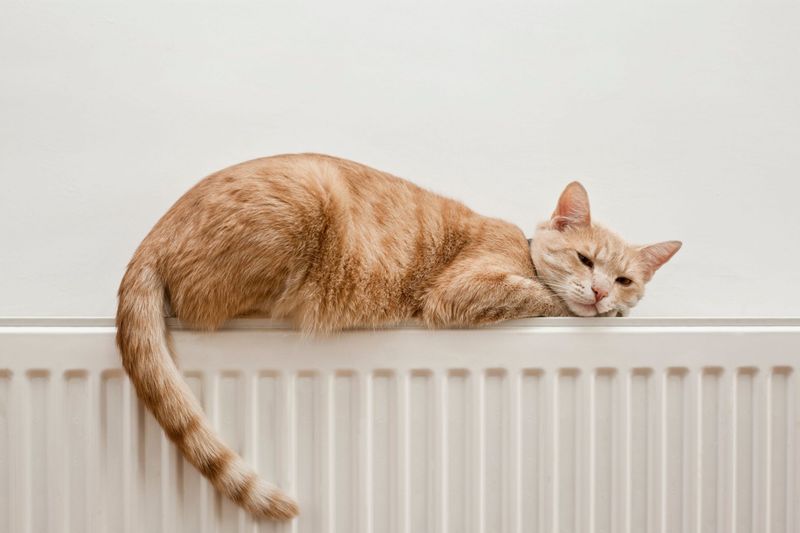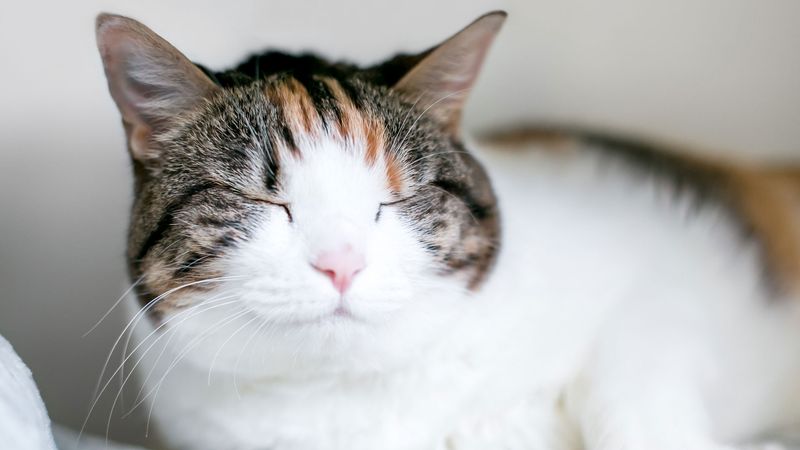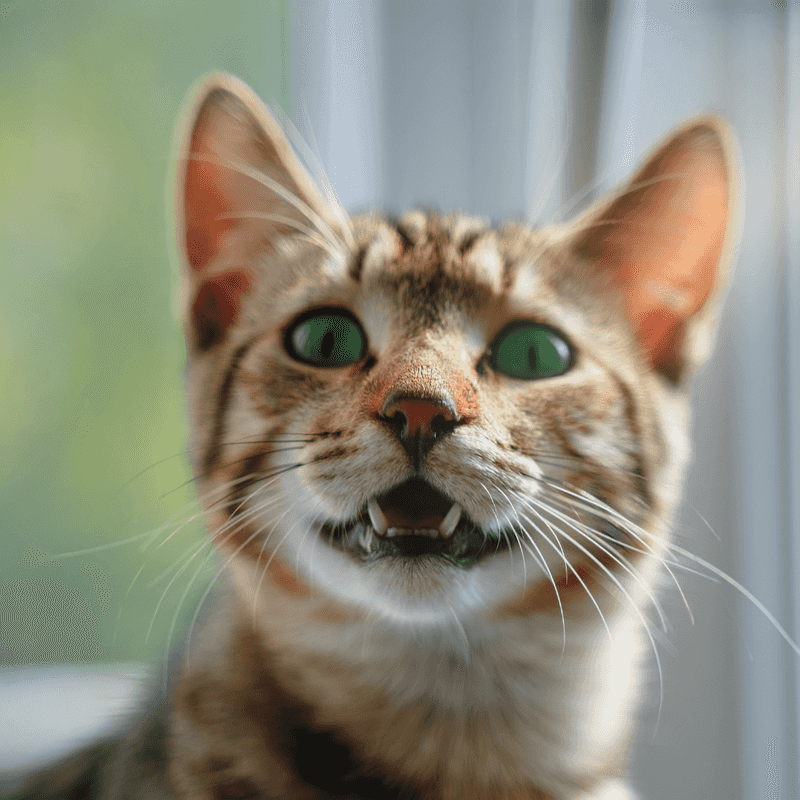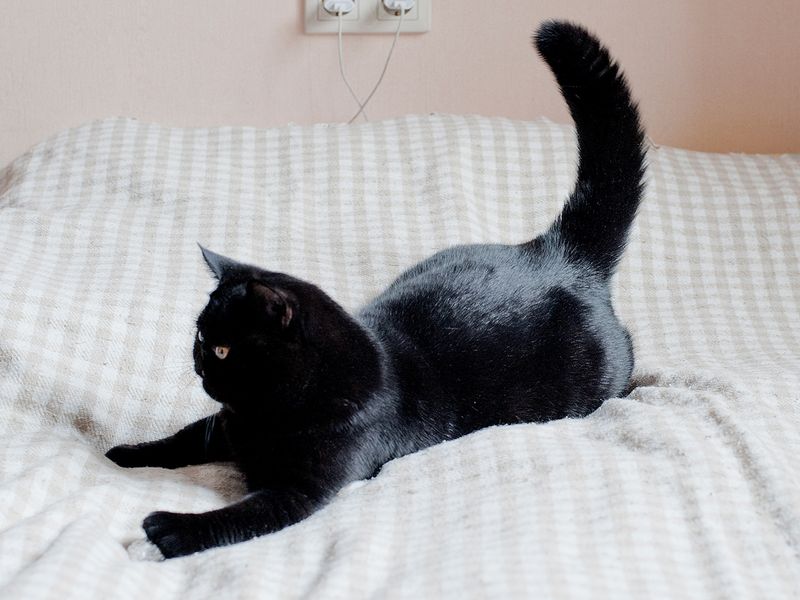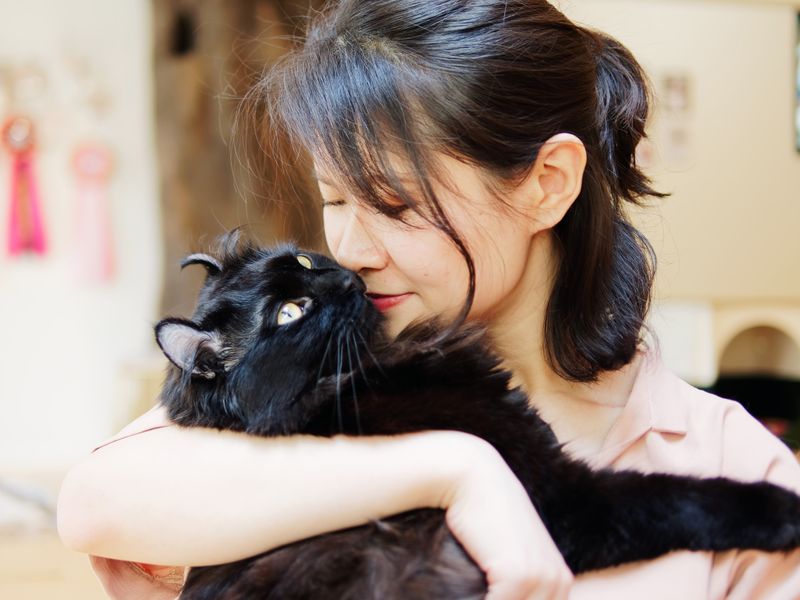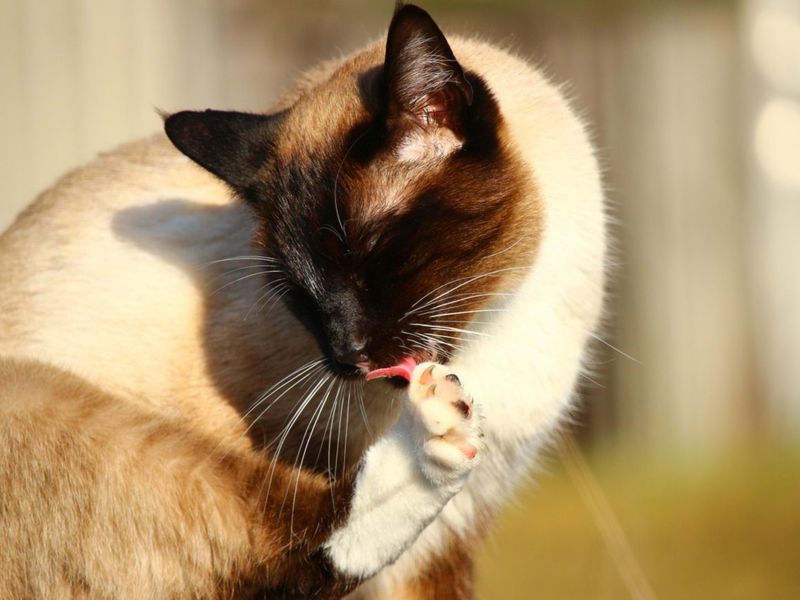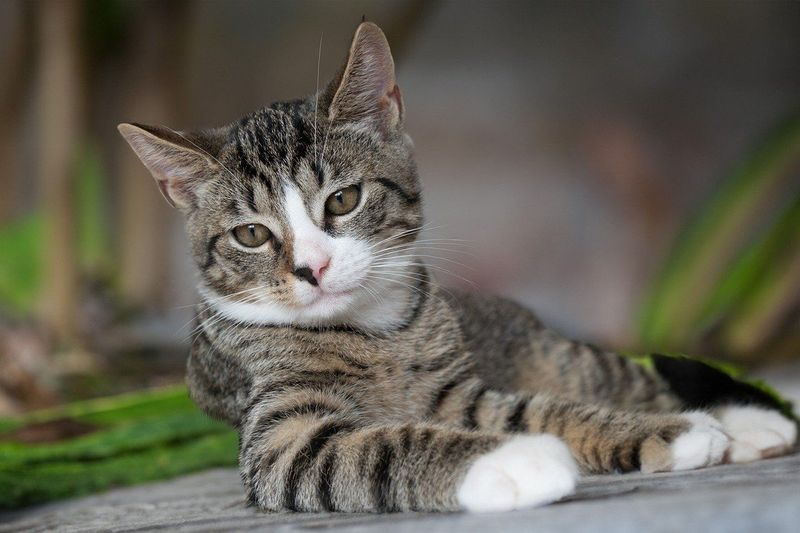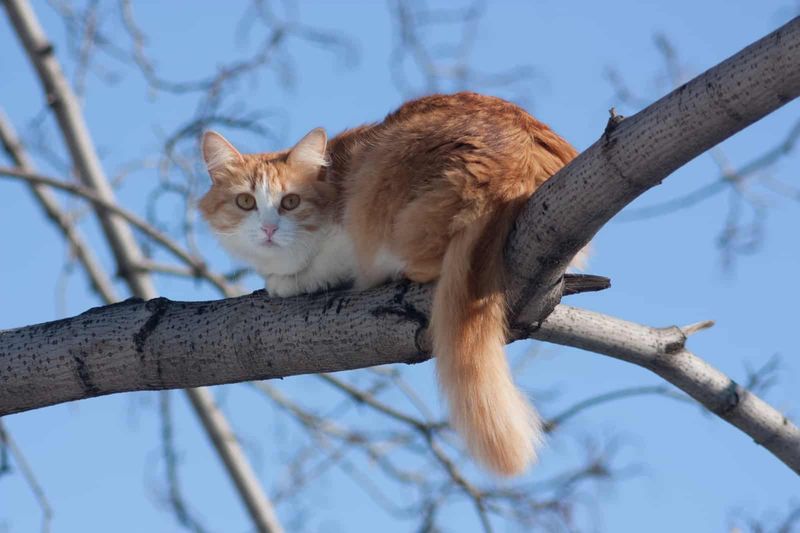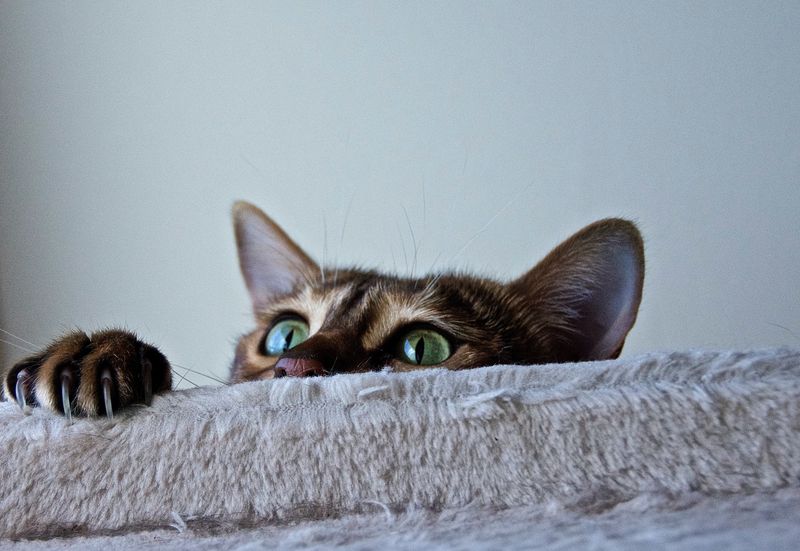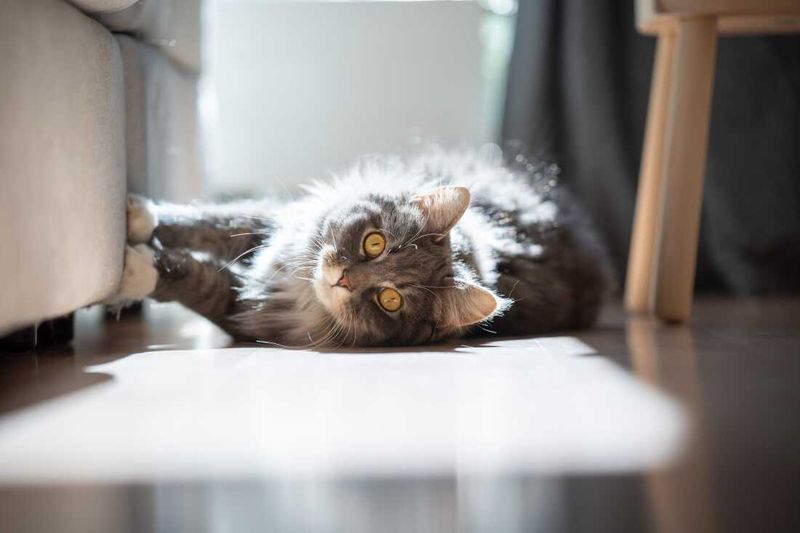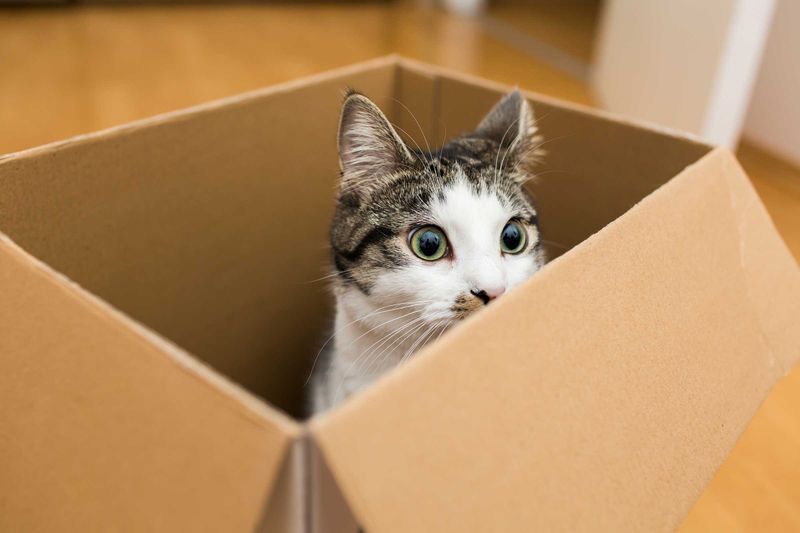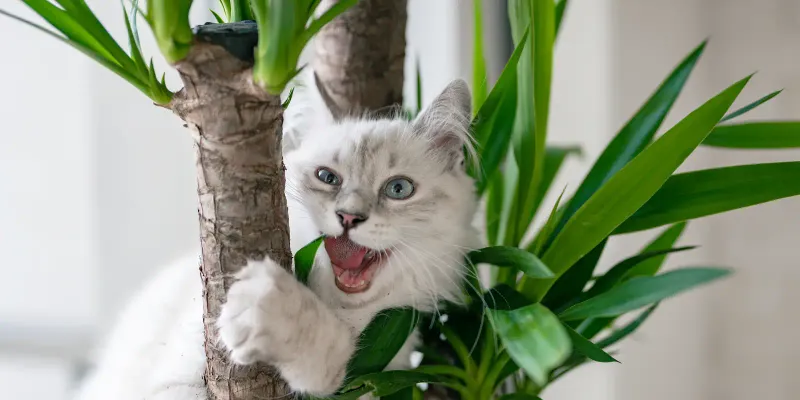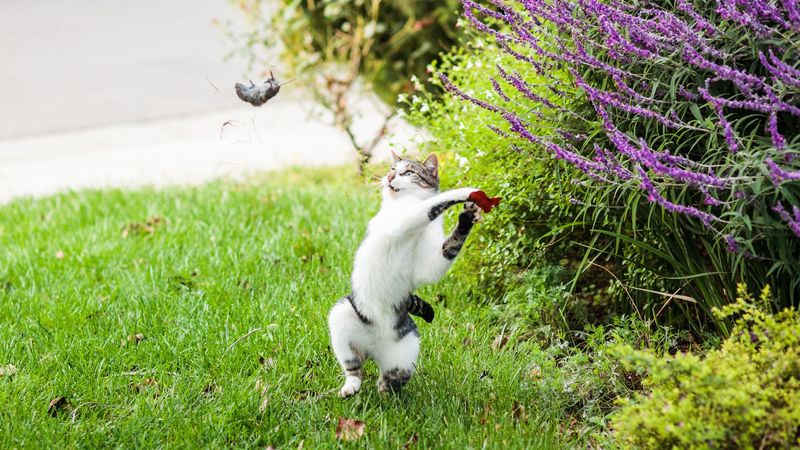📖 Table of Content:
Cats possess an array of intriguing behaviors that often leave their owners wondering what’s going on in their minds. These creatures can be both playful and elusive, with unique ways of communicating and expressing themselves. Understanding these behaviors can help create a deeper connection and ensure their overall well-being.
Recognizing the signs behind a cat’s actions is key to providing the care and attention they need. From their body language to their vocalizations, cats have subtle yet meaningful ways of telling their owners how they feel. Gaining insight into these behaviors allows for a more harmonious relationship.
Exploring the fascinating world of feline behavior reveals how complex and clever cats truly are. With expert knowledge, it becomes easier to decode their actions and respond appropriately. Here are 15 fascinating secrets that reveal the true nature of a cat’s behavior.
1. Purring
Cats often purr when they’re happy and relaxed, but this behavior can also signify other emotions or needs. A gentle purr may indicate contentment as your cat lounges in the sun. However, purring can also be a mechanism for self-soothing or even healing, as the vibrations have a calming effect.
Some studies suggest that purring can help in pain relief and aid in recovery. When your cat purrs while being petted, it’s likely to express comfort and satisfaction. Always consider the context and other body language cues to understand what your cat is truly communicating.
2. Kneading
Kneading, often referred to as ‘making biscuits,’ is a common behavior in cats. This action originates from kittenhood when kittens knead their mother’s belly to stimulate milk flow. In adulthood, cats knead to show contentment and affection.
It is also believed to be a way for cats to mark their territory, as the action releases scent from glands in their paws. When your cat kneads you or a soft surface, it’s expressing trust and comfort. Provide a soft blanket or pillow to accommodate this instinctual behavior, ensuring your cat feels at home.
3. The Tail’s Tale
A cat’s tail is a powerful communication tool. An upright tail with a gentle curve at the tip often signifies friendliness and curiosity. When your cat approaches with such a tail posture, it’s usually in a happy and confident mood.
However, a puffed-up tail might indicate fear or agitation, signaling that the cat feels threatened. Pay attention to the tail’s movements alongside vocalizations and other body language. Understanding these signals can help you respond appropriately to your cat’s needs and emotions, enhancing your relationship with them.
4. Slow Blinks
When a cat gives you a slow blink, it’s often called a “cat kiss,” signaling trust and affection. This non-threatening gesture shows that your cat feels secure and comfortable with you. If your cat blinks slowly at you, returning the gesture can strengthen your connection.
Cats use this subtle form of communication to express that they pose no threat and expect the same from you. This tranquil exchange helps build mutual trust and understanding, enriching your companionship. Try responding with slow blinks to engage with your feline friend in a meaningful way.
5. Chirping and Chattering
Cats often exhibit a unique chirping or chattering sound, typically when observing birds or small animals through a window. This behavior is believed to be linked to a cat’s hunting instincts. The sound might express excitement or frustration at being unable to reach its prey.
Some experts suggest that it may also be a way to practice the “killing bite” or signal readiness for the hunt. When you hear these sounds, it’s a glimpse into your cat’s predatory nature. Consider engaging them with interactive toys to satisfy their hunting drive and provide mental stimulation.
6. Sudden Zoomies
When a cat gets the ‘zoomies,’ it’s a dramatic burst of energy where they race around wildly. This behavior is often linked to their natural hunting schedule, typically seen during the evening. It’s a great way for cats to burn off energy, showcasing their speed and agility.
Offering interactive play sessions can help channel this energy constructively. Embrace these moments as part of your cat’s natural behavior, ensuring they have a safe space to unleash their spirited runs.
7. Headbutting Affection
Headbutting, or ‘bunting,’ is a gesture of affection and bonding. When a cat headbutts you, it’s marking you with its scent, which is a sign of trust and camaraderie. Cats have scent glands located on their heads, and this behavior helps them create a familiar scent environment. It’s a compliment from your feline friend, indicating that you are an accepted part of their world.
Responding with gentle petting or soft words can strengthen this bond. Understanding headbutting is key to appreciating the subtle ways cats communicate their affection and connect with their human companions.
8. Grooming Rituals
Cats spend considerable time grooming to maintain cleanliness and emotional well-being. This behavior helps them remove loose fur, regulate their temperature, and keep their coat tidy. The act also releases endorphins that contribute to their relaxation, while mutual grooming in multiple-cat homes fosters social bonding.
If your cat grooms you, it’s extending that bond, showing affection and acceptance. Regular grooming sessions can help prevent matting and reduce shedding, contributing to your cat’s overall health. Provide brushing as part of your care routine to support this natural behavior.
9. Ignoring Commands
Known for their independent nature, cats often disregard commands or calls. Unlike dogs, cats weren’t bred to obey human orders, which explains their selective hearing. They’ll typically respond when something catches their interest, so using rewards like treats or affection can help encourage them to engage.
Recognize that ignoring commands is not defiance but a reflection of their self-reliant instincts. Building a relationship based on respect and understanding can improve communication. Accepting this trait helps appreciate your cat’s autonomy and enhances your shared life together.
10. The Love of Heights
A cat’s love for high places is instinctive, passed down from their wild ancestors. Perched in elevated spots, they feel safe and enjoy a clear view of their environment. This behavior allows them to survey their territory and remain vigilant for any dangers.
Providing cat trees or shelves can satisfy this craving for height and enrich your cat’s environment. Encouraging this natural behavior ensures your cat feels safe and fulfilled. Understanding their love for heights aids in creating a stimulating and secure home, aligning with their instinctual preferences.
11. Nighttime Activity
As crepuscular animals, cats are most lively at dawn and dusk, a behavior tied to their hunting instincts. If your cat is active at night, it’s simply following its natural schedule. To reduce nighttime activity, engage them in daytime play to burn off energy and feed them just before bedtime to promote sleep.
Creating an engaging environment with toys and climbing structures can keep them entertained. Understanding and accommodating their nocturnal habits can improve harmony and ensure restful nights for both you and your cat.
12. Scratching Habits
Scratching serves several essential purposes for cats, including marking territory, sharpening claws, and stretching muscles. It also helps to shed the outer nail layers, keeping their claws healthy. Providing sturdy scratching posts can redirect this behavior from furniture.
Choose posts made of materials like sisal, which appeal to cats’ instincts. Placement in strategic locations, such as near sleeping areas or windows, enhances their usefulness. Understanding scratching as a natural behavior allows you to accommodate it without frustration. Encourage appropriate scratching by rewarding your cat with affection or treats when they use designated scratching areas.
13. Love of Boxes
The fascination cats have with boxes is a well-known behavior, rooted in their natural instincts. These enclosed spaces mimic the dens of their wild ancestors, offering a sense of safety and comfort. Boxes provide a secure spot for cats to hide, shielding them from perceived dangers.
The confined space also helps regulate body temperature, keeping them warm. Placing boxes around your home can provide stress relief and satisfy their need for seclusion. Embrace their love for boxes by incorporating them into play and rest time. Understanding this behavior enables you to create a cozy and stimulating environment tailored to your cat’s natural instincts.
14. Nibbling on Plants
It’s not unusual for cats to nibble on plants, a behavior that can both puzzle and concern their owners. This instinct might be related to their need for fiber or simply their inquisitive nature. However, some plants are toxic to cats, so offering safe alternatives like cat grass or catnip can keep them safe while satisfying their curiosity.
Understanding this behavior helps in managing it responsibly, ensuring your cat’s safety and satisfaction. Encourage safe exploration by creating a cat-friendly garden or indoor space. Learning about their plant-related behaviors aids in preventing accidents and promotes a harmonious home.
15. Playful Hunting
Playful hunting is a crucial aspect of a cat’s behavior, reflecting its predatory instincts. Engaging in play mimics the actions of stalking, chasing, and capturing prey. This behavior is not only entertaining but also essential for their mental and physical health. Providing a variety of toys, such as feather wands or laser pointers, can stimulate their hunting drive and offer enrichment.
Regular play sessions help prevent boredom and reduce stress-related behaviors. Understanding this instinct allows you to foster a stimulating environment, catering to your cat’s natural needs and strengthening your bond through shared activities.
